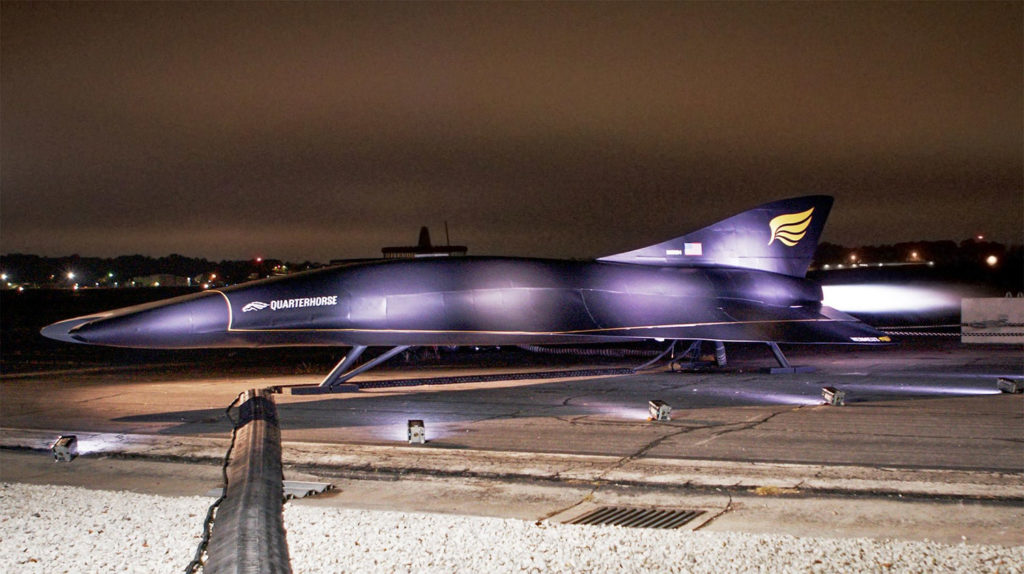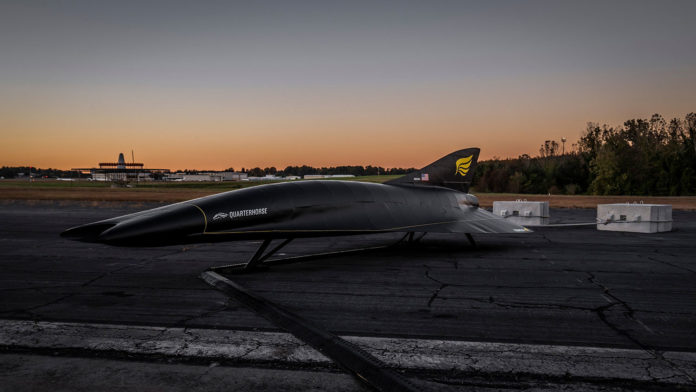Last week, a hypersonic aviation startup Hermeus unveiled a full-scale prototype of its first aircraft, Quarterhorse, which will be the fastest reusable aircraft in the world and the first of its kind to fly a TBCC engine.
The full-size, partly-functional, delta-winged Quarterhorse prototype remained static on the ground throughout the presentation, but the company hopes to achieve the first flight as soon as next year.
The Quarterhorse is capable of carrying up to 20 passengers and is expected to fly at Mach 5 hypersonic speeds – meaning it will be able to fly from New York to London in 90 minutes. Modern aircraft need seven hours to do this. The reusable aircraft is autonomous or remotely piloted, with an outstanding 4,600 miles (7,403 km) range. Quarterhorse will be the first of its kind to fly a turbine-based combined cycle (TBCC) engine, based around the GE J85 turbojet engine, and is the first in a line of autonomous high-speed aircraft.

Earlier in August, Hermeus had announced that it received a contract worth $60 million from the US Air Force and venture companies to support the testing of a promising aircraft that can fly at hypersonic speeds. According to the company, building this vehicle was also an exercise in multidisciplinary design, manufacturing, and the integration of complete systems.
“When an aerospace company typically unveils a new aircraft, it’s nothing more than Styrofoam and fiberglass,” said Skyler Shuford, Hermeus COO. “But at Hermeus, we drive to integrated products. And we really, really like to make fire. We designed, manufactured, and integrated the aircraft, from nothing but an outer shape, in four months.”
New hypersonic weapon systems are being actively developed in the United States. An important step in this path was the successful testing of the Hypersonic Air-breathing Weapon Concept.
